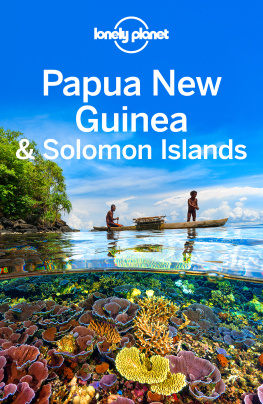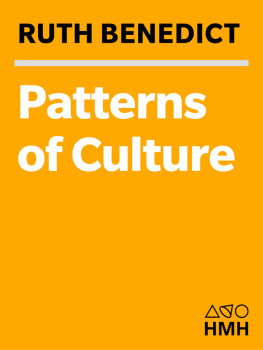Jane C. Goodale - To Sing with Pigs Is Human: The Concept of Person in Papua New Guinea
Here you can read online Jane C. Goodale - To Sing with Pigs Is Human: The Concept of Person in Papua New Guinea full text of the book (entire story) in english for free. Download pdf and epub, get meaning, cover and reviews about this ebook. year: 2017, publisher: University of Washington Press, genre: Home and family. Description of the work, (preface) as well as reviews are available. Best literature library LitArk.com created for fans of good reading and offers a wide selection of genres:
Romance novel
Science fiction
Adventure
Detective
Science
History
Home and family
Prose
Art
Politics
Computer
Non-fiction
Religion
Business
Children
Humor
Choose a favorite category and find really read worthwhile books. Enjoy immersion in the world of imagination, feel the emotions of the characters or learn something new for yourself, make an fascinating discovery.

- Book:To Sing with Pigs Is Human: The Concept of Person in Papua New Guinea
- Author:
- Publisher:University of Washington Press
- Genre:
- Year:2017
- Rating:4 / 5
- Favourites:Add to favourites
- Your mark:
To Sing with Pigs Is Human: The Concept of Person in Papua New Guinea: summary, description and annotation
We offer to read an annotation, description, summary or preface (depends on what the author of the book "To Sing with Pigs Is Human: The Concept of Person in Papua New Guinea" wrote himself). If you haven't found the necessary information about the book — write in the comments, we will try to find it.
Melanesia has been the research focus of some of anthropologys legendary names. In the best tradition of Melanesian scholarship, Jane Goodale writes here of the Kaulong who live in the deep forests of New Britain, an island in the vast territory of Papua New Guinea. Even in the last half of the twentieth century, the Kaulongs contact with the outside world through government patrols and missionaries has been minimal. Their story enhances our understanding of Melanesia and adds new and significant material to the comparison of Oceanic cultures and societies.
In the course of her fieldwork with them, Goodale recognized that everything of importance to the Kaulong--every event, every relationship, every transaction--was rooted in their constant quest for recognition as human beings. She addresses here questions central to Kaulong society: What is it that makes an individual human? How is humanity, or personhood, achieved and maintained?
In their consuming concern with their status as human beings, the Kaulong mark progress on a continuum from nonhuman (animal-like) to the most respected level of humanity--the political Big Men and Big Women. Knowledge is the key to movement along the continuum, and acquiring, displaying and defending knowledge are at the heart of social interaction. At all-night singsings, individuals compete through song in their knowledge of people, places, and many other aspects of their forested world. The sacrifice of pigs and distribution of pork to guests completes the ceremonial display and defense of knowledge and personhood.
While To Sing with Pigs will be welcomed by anthropologists and area specialists, it will appeal on a broader level to anyone interested in this still remote part of the world. Goodales analysis of songs and their ritual context adds unusual depth to the ethnography. Fascinating field photographs and readable text prove again that anthropology can be both scholarly and lively.
Jane C. Goodale: author's other books
Who wrote To Sing with Pigs Is Human: The Concept of Person in Papua New Guinea? Find out the surname, the name of the author of the book and a list of all author's works by series.






